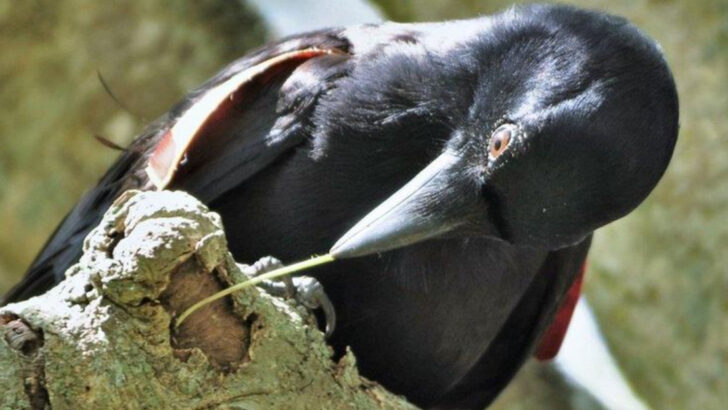Some birds are smarter than your average houseguest.
We’re talking problem-solving, face-recognizing, tool-using geniuses with feathers.
They don’t just flap around looking pretty.
They open doors, mimic languages, plan, play, and even hold grudges.
These birds aren’t coasting through life on instinct—they’re thinking their way through it.
From clever corvids that can outwit scientists,
to parrots that hold conversations and crack puzzles faster than a toddler—
the sky is full of sharp minds with wings.
So forget “birdbrain.”
These 20 species just might make you rethink who’s really running the show out there.
African Grey Parrot
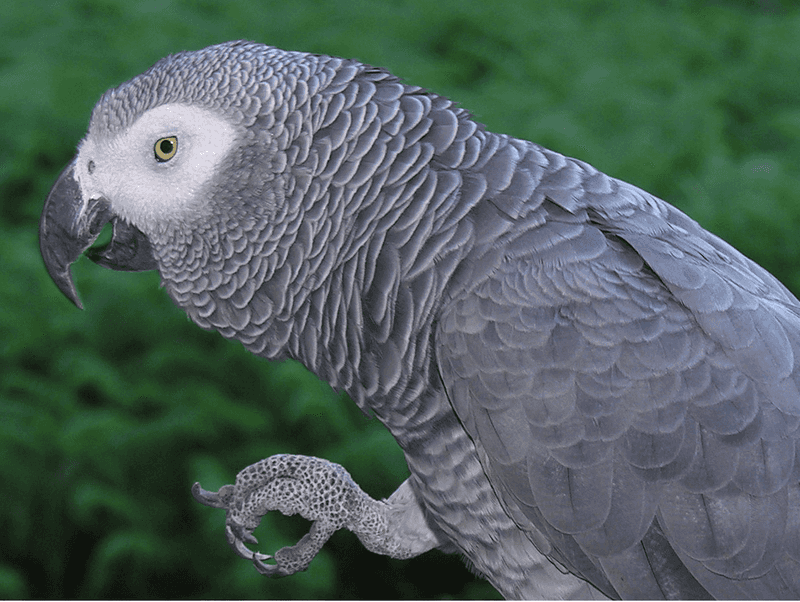
The African Grey Parrot is renowned for its incredible ability to mimic human speech. With a vocabulary that can rival a young child’s, these parrots are not just talkative but highly intelligent. Their social nature requires mental stimulation to thrive. African Greys have been known to solve puzzles and use tools, showcasing their impressive problem-solving skills. They live in dense rainforests of Central Africa, where they form close-knit flocks. These birds are as emotionally complex as they are intelligent, often forming strong bonds with their human caretakers.
New Caledonian Crow

New Caledonian Crows are famous for their tool-making prowess, a rare skill in the animal kingdom. These birds craft tools from twigs, leaves, and even their own feathers to extract insects from hard-to-reach places. Their problem-solving abilities are akin to that of a five-year-old child, and they demonstrate remarkable flexibility in their thinking. Native to the dense forests of New Caledonia, these crows engage in complex social interactions, further highlighting their intelligence. Their ability to plan and adapt is a testament to their sophisticated cognitive abilities.
Kea
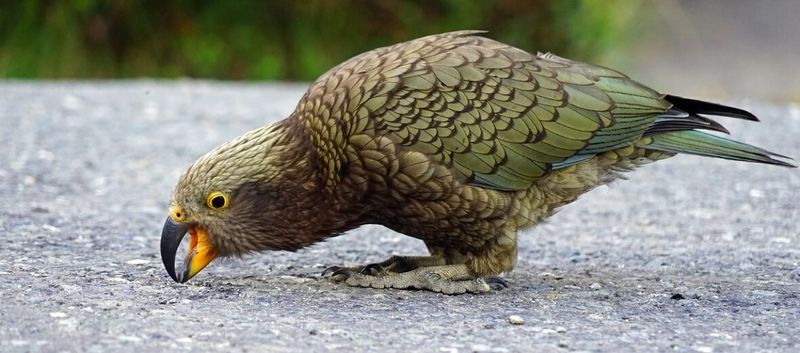
The Kea, a parrot native to New Zealand, is known for its playful nature and inquisitive mind. These birds often engage in mischievous activities, such as stealing items from tourists or opening backpacks. Keas are highly social, living in flocks that communicate through a range of vocalizations. Their intelligence is reflected in their ability to solve complex puzzles and navigate their mountainous habitat. The Kea’s curiosity often leads them into human settlements, where they are both loved and considered nuisances. Their playful antics and clever ingenuity make them unique among parrots.
Goffin’s Cockatoo
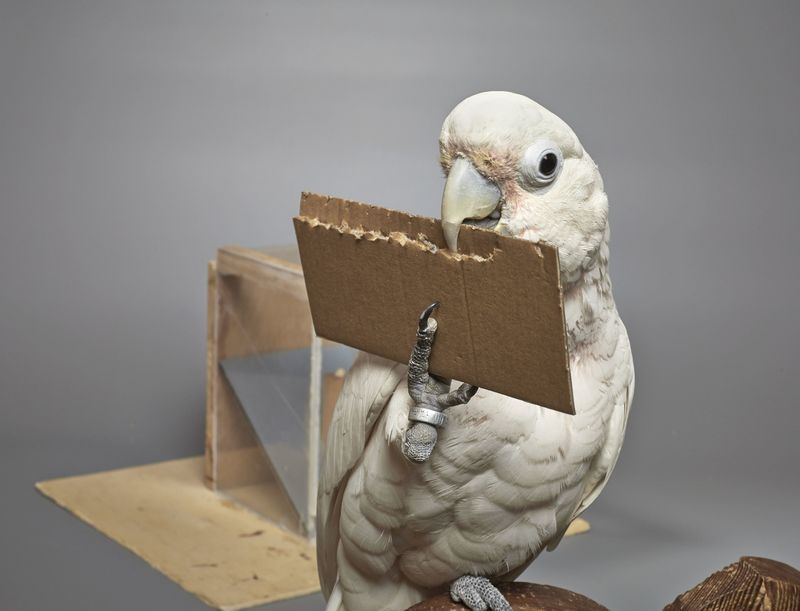
Goffin’s Cockatoos are small but remarkably intelligent parrots native to Indonesia. These birds can use tools to solve problems, such as using sticks to reach food. They are also skilled at unlocking cages and figuring out complex puzzles. Goffin’s Cockatoos are social creatures, often seen playing with each other and their surroundings. Their intelligence is paired with a playful and inquisitive nature, making them both entertaining and challenging pets. These cockatoos demonstrate the ability to learn through observation and imitation, highlighting their cognitive capabilities.
Eurasian Magpie
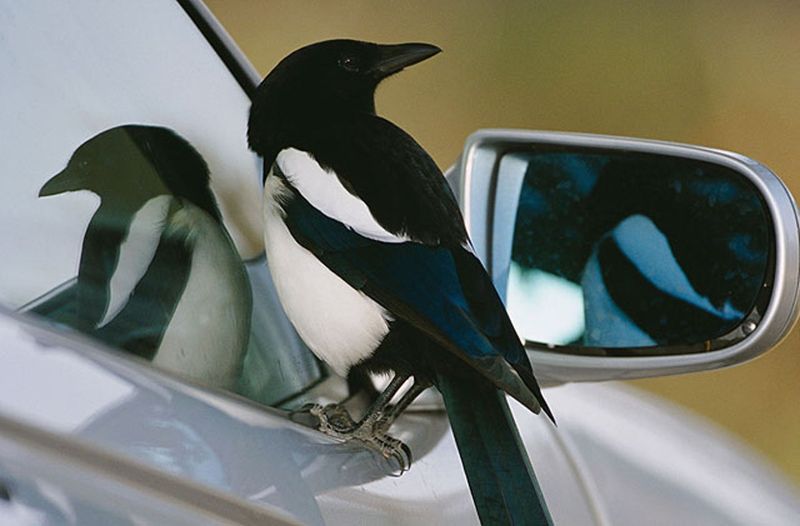
The Eurasian Magpie is one of the few animals that can recognize itself in a mirror, a sign of self-awareness. These birds are known for their complex social structures and problem-solving skills. Magpies engage in cooperative teamwork and can remember individual human faces, using this ability to distinguish between friend and foe. Found throughout Europe and Asia, they are adaptable, thriving in both urban and rural environments. The Eurasian Magpie’s intelligence is evident in its use of tools and ability to mimic sounds, including human speech.
Hyacinth Macaw

Hyacinth Macaws, the largest parrots in the world, are as intelligent as they are stunning. Native to South America, they are highly social and exhibit complex communication skills. Their strong beaks allow them to crack open hard nuts that other animals cannot, showcasing their problem-solving abilities. These macaws form deep bonds with their mates and families, often engaging in playful interactions. In the wild, they use tools to access food, demonstrating both intelligence and dexterity. The Hyacinth Macaw’s vibrant appearance and clever behavior make it a true avian marvel.
Cacique
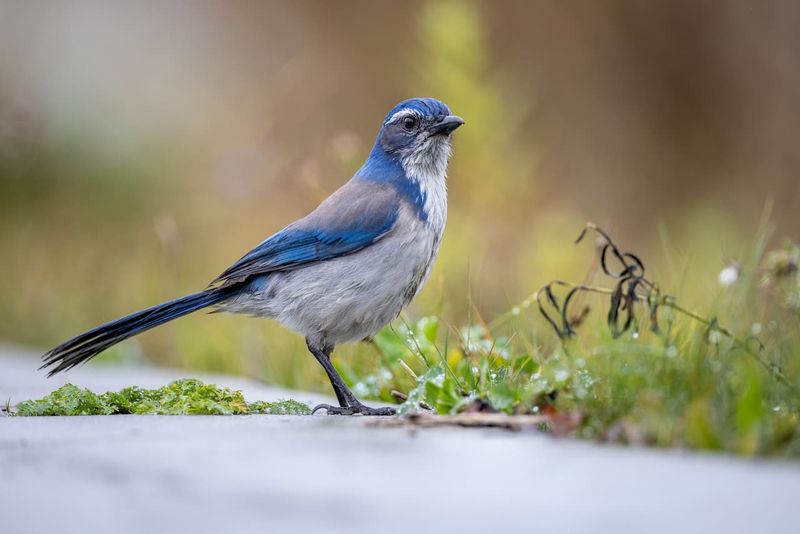
Caciques are known for their complex vocalizations and social structures. These birds, native to Central and South America, live in colonies where they communicate through a variety of calls and songs. Caciques are skilled at mimicking the sounds of other birds and animals, a testament to their intelligence. They construct elaborate nests, often in large groups, showcasing their cooperative nature. Their ability to adapt to changing environments and interact with other species highlights their cognitive flexibility. The Cacique’s vibrant personality and vocal prowess make it a standout in the avian world.
Budgerigar

Despite their small size, Budgerigars are highly intelligent and capable of learning human speech. These social birds thrive on interaction and can mimic a wide range of sounds. Budgerigars, also known as parakeets, are native to Australia and are popular pets worldwide. Their playful nature and ability to learn tricks make them engaging companions. Budgerigars enjoy complex toys that challenge their problem-solving skills, showcasing their cognitive abilities. Their intelligence is matched by their vibrant plumage, adding color and joy to any setting. They exemplify that intelligence comes in all sizes.
American Crow
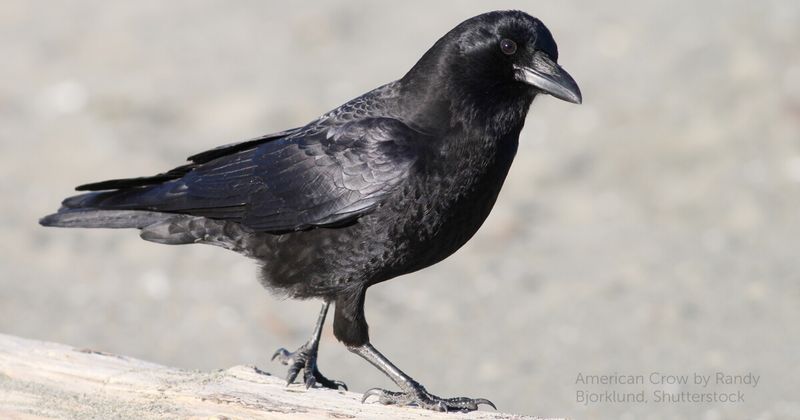
American Crows are highly intelligent birds known for their problem-solving abilities and adaptability. They use tools, such as sticks, to extract food and have been observed dropping nuts on roads for cars to crack open. These crows are social creatures, often seen in large, noisy gatherings. Found throughout North America, they thrive in both urban and rural environments. American Crows communicate through a wide range of calls and are capable of recognizing individual human faces. Their intelligence and adaptability make them one of the most successful avian species in various habitats.
Western Scrub-Jay
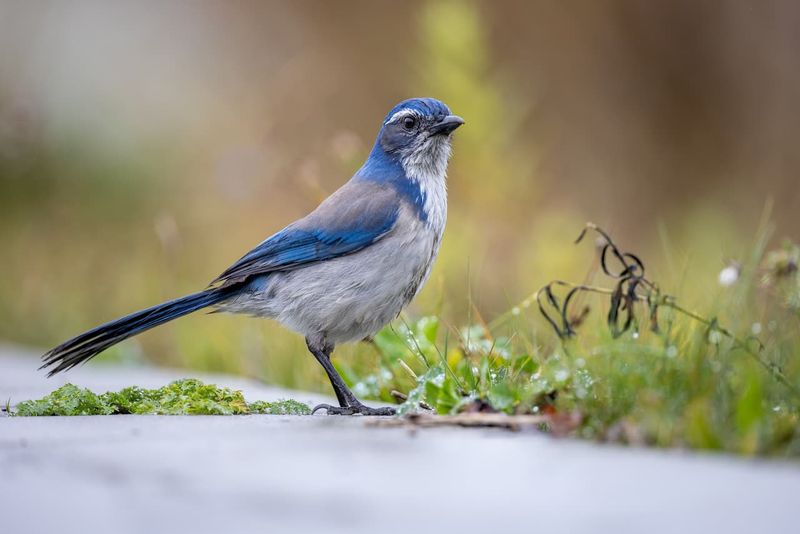
Western Scrub-Jays are known for their remarkable memory and problem-solving skills. These birds cache food and remember the locations for later retrieval, adjusting their behavior based on the perishability of the stored food. Found in the western United States, they are adaptable and thrive in various habitats, from forests to urban areas. Western Scrub-Jays are social and vocal, using a range of calls to communicate with each other. Their ability to plan for the future and adapt to changing environments showcases their intelligence and cognitive flexibility, making them fascinating birds to observe.
Rook
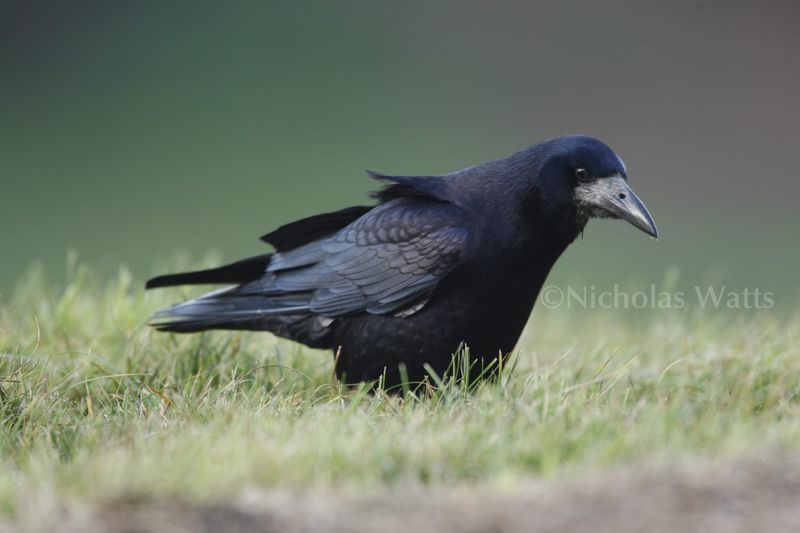
The Rook is a highly intelligent bird known for its problem-solving skills and social structures. These birds, part of the crow family, are found across Europe and Asia. Rooks can use tools and engage in cooperative behaviors with their peers. They build large communal nests, working together to raise their young. Their intelligence is evident in their ability to adapt to various environments and their complex vocalizations. Rooks are capable of recognizing individual human faces, a trait that aids their survival in changing environments. Their social nature and adaptability make them fascinating subjects of study.
Blue Jay
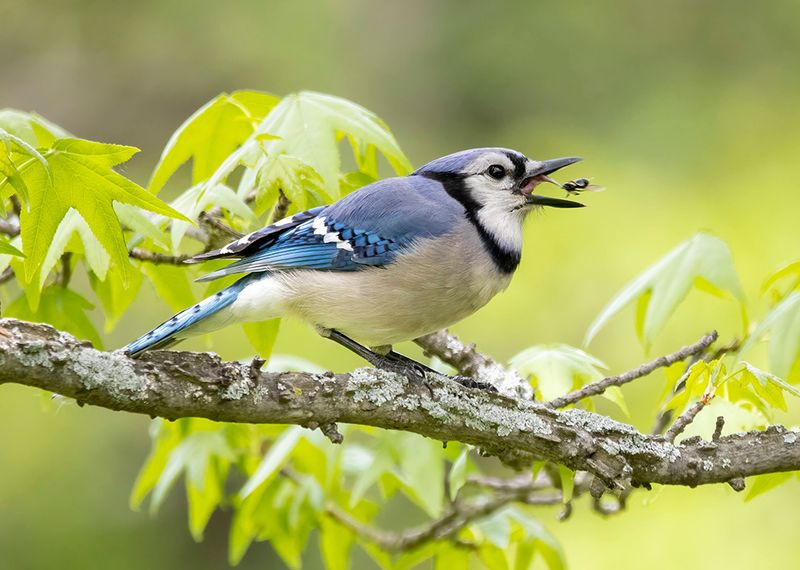
Blue Jays are intelligent and adaptable, known for their ability to mimic the calls of other birds and even human noises. Native to North America, they are often found in forests and suburban areas. Blue Jays are curious birds, often seen investigating their surroundings and solving problems to obtain food. Their complex social structures involve a wide range of vocalizations used for communication. Blue Jays store food for later retrieval, showcasing their ability to plan ahead. Their intelligence and striking appearance make them a delight to observe in the wild.
Jackdaw
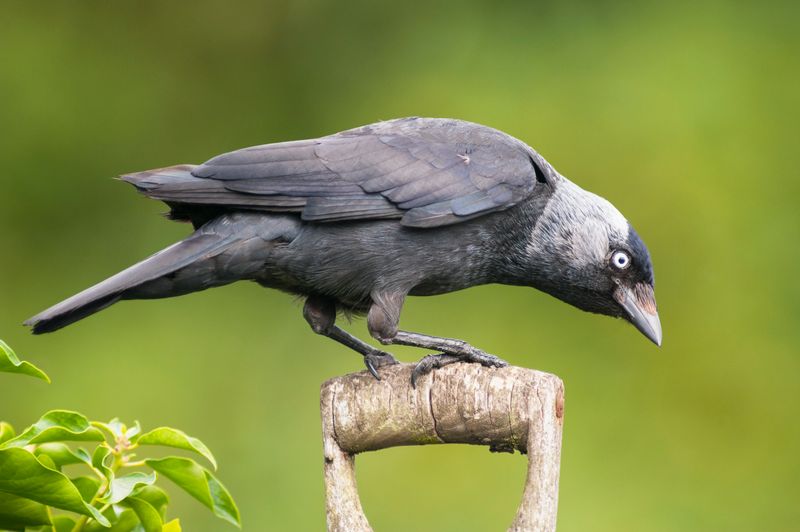
Jackdaws are small crows known for their intelligence and social behavior. These birds, found across Europe and Asia, are capable of using tools and solving complex problems. Jackdaws form strong social bonds and often engage in cooperative behaviors with their peers. Their ability to recognize individual human faces and adapt to different environments highlights their cognitive flexibility. Jackdaws are also known for their vocal abilities, using a variety of calls to communicate with each other. Their social nature and adaptability make them successful in a wide range of habitats.
Hooded Crow

The Hooded Crow is an intelligent and adaptable bird found across Europe and parts of the Middle East. Known for its problem-solving abilities, this crow uses tools and engages in complex social behaviors. Hooded Crows can mimic a variety of sounds and are capable of recognizing individual human faces. They thrive in both urban and rural environments, showcasing their adaptability. These crows often work together to achieve common goals, demonstrating their cooperative nature. Their intelligence and ability to navigate diverse settings make them fascinating subjects for study.
Common Raven
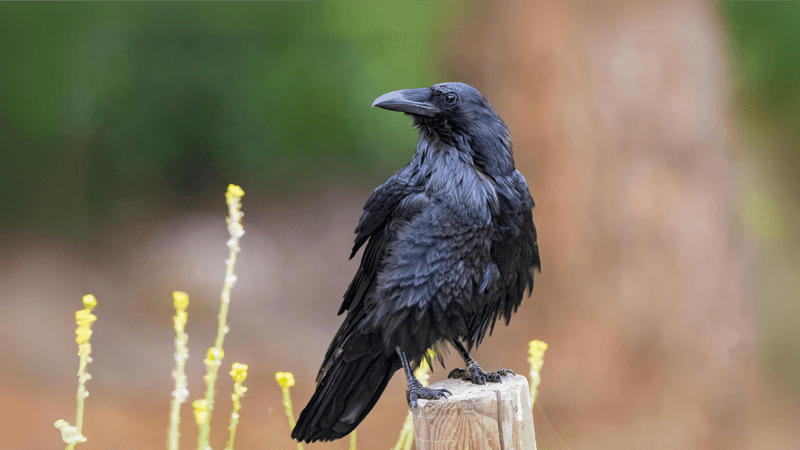
Common Ravens are among the most intelligent birds, known for their problem-solving abilities and adaptability. These birds are capable of imitating sounds, including human speech, and often engage in playful behaviors. Common Ravens plan for the future, such as hiding food for later, and understand cause and effect relationships. Found in diverse environments across the Northern Hemisphere, they thrive in both natural and urban settings. Their complex social structures and ability to communicate emotions through vocalizations further demonstrate their intelligence.
Australian Magpie
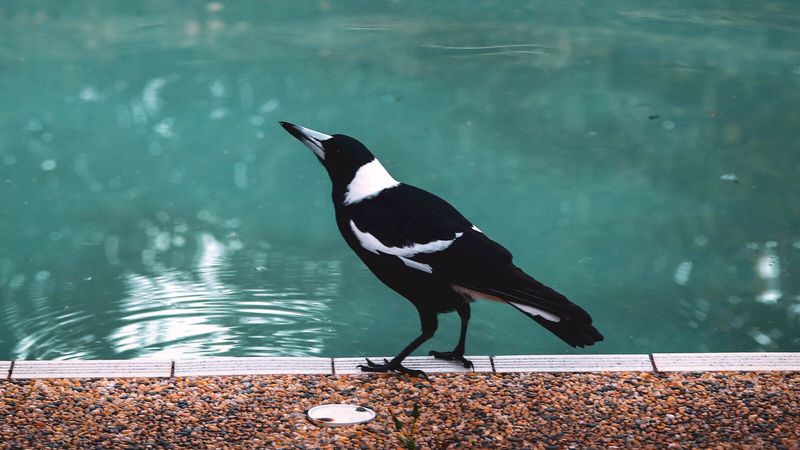
The Australian Magpie is known for its intelligence and complex vocalizations. These birds are capable of mimicry, replicating the sounds of other birds and even human noises. Native to Australia, they are highly social creatures with complex social structures. Australian Magpies are territorial and work together to defend their territories from intruders. Their ability to learn quickly and adapt to different environments showcases their cognitive abilities. These magpies are known for their melodious songs, which they use to communicate and establish social bonds.
Tawny Frogmouth
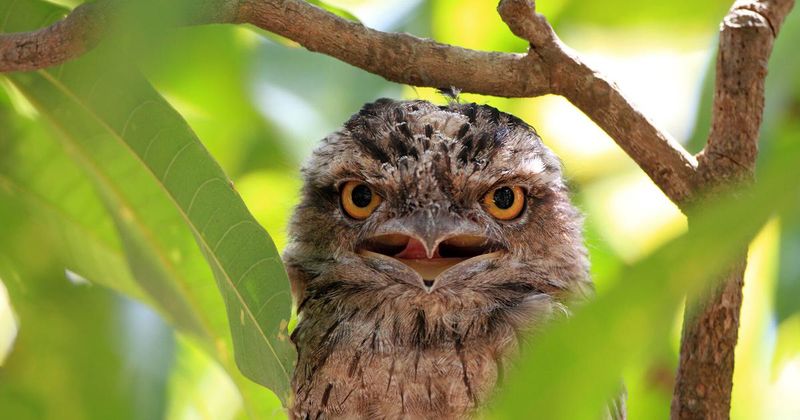
The Tawny Frogmouth, native to Australia, is often mistaken for an owl due to its nocturnal habits and wise appearance. These birds exhibit intelligence through their exceptional camouflage skills, blending seamlessly with their surroundings. Tawny Frogmouths are skilled hunters, using their sharp senses to catch insects and small creatures. Their ability to adapt to a range of environments, from forests to urban areas, showcases their versatility. Despite their solemn appearance, they possess a playful side, engaging in social interactions with their mates. Their unique features and adaptive intelligence make them fascinating to observe.
Northern Mockingbird
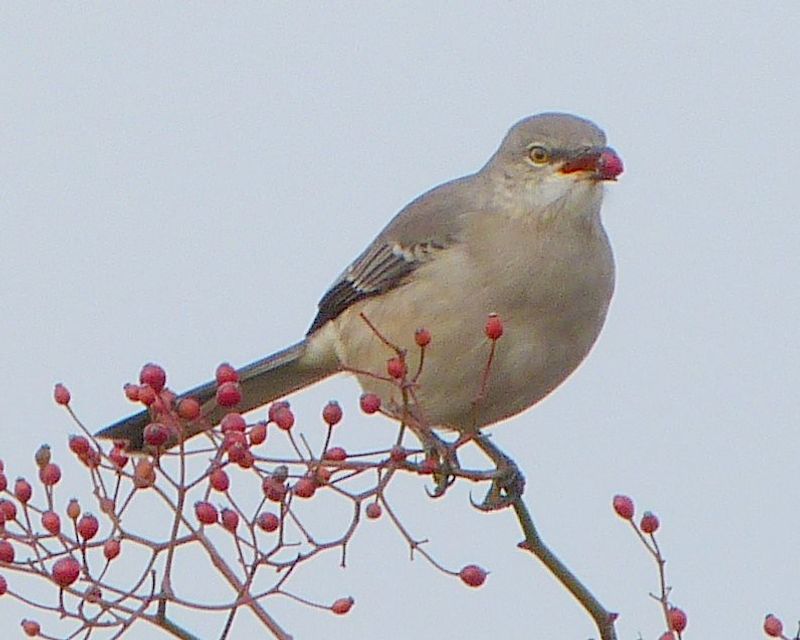
The Northern Mockingbird is best known for its ability to mimic not only other birds but also artificial sounds. Its song repertoire is vast, with some individuals learning over 200 distinct tunes. This bird’s vocal talents have been admired and even celebrated in songs and literature. In urban settings, you might hear one imitate car alarms or phone ringtones!
Their intelligence goes beyond music. Northern Mockingbirds have been observed using tools and displaying remarkable problem-solving skills. This adaptability makes them successful in various environments, from city parks to rural landscapes.
Sulphur-crested Cockatoo
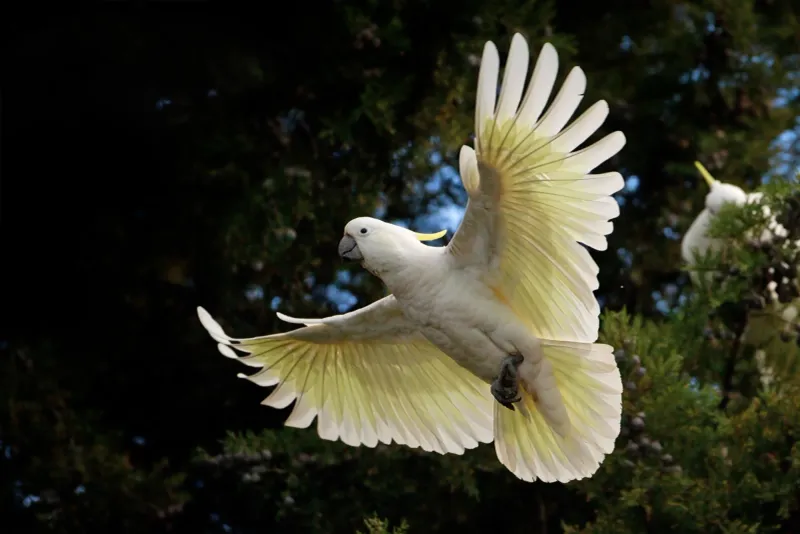
With their vibrant yellow crests and playful nature, Sulphur-crested Cockatoos are a sight to behold. Known for their exceptional intelligence, these birds can be trained to perform complex tricks and even use basic tools.
In the wild, they exhibit a social structure that rivals primate communities, working together to solve problems and find food.
Their vocal skills are equally impressive, capable of mimicking human speech and laughter with uncanny accuracy. Their curious and mischievous nature often leads them into trouble, making them both entertaining and endearing.
Greater Roadrunner
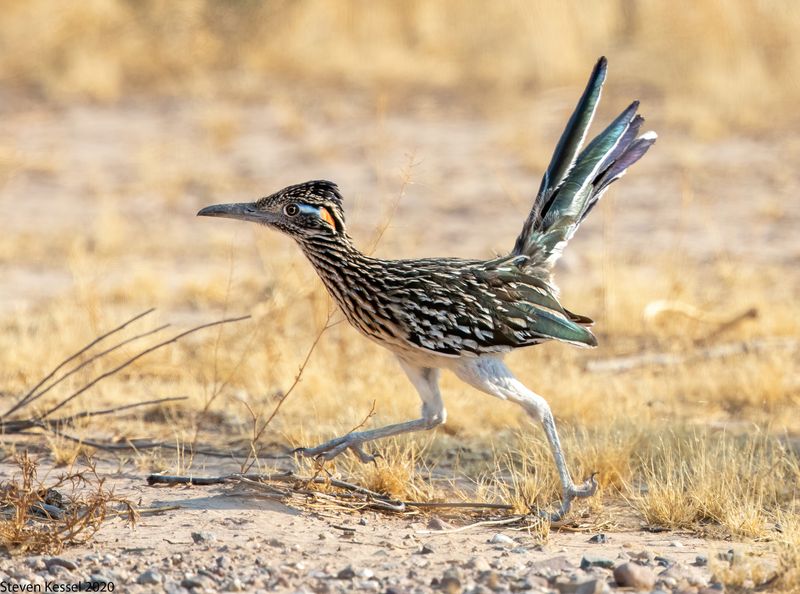
The Greater Roadrunner might not be the first bird that comes to mind when thinking of intelligence, but this desert dweller is full of surprises. Known for its speed and agility, the Roadrunner uses clever tactics to hunt prey, including the occasional rattlesnake.
Its problem-solving skills are evident in its ability to find water in arid environments.
With strong familial bonds, Roadrunners often work in pairs to protect their young. Their distinctive appearance, complete with a striking head crest, adds to their unique charm and cunning nature.

